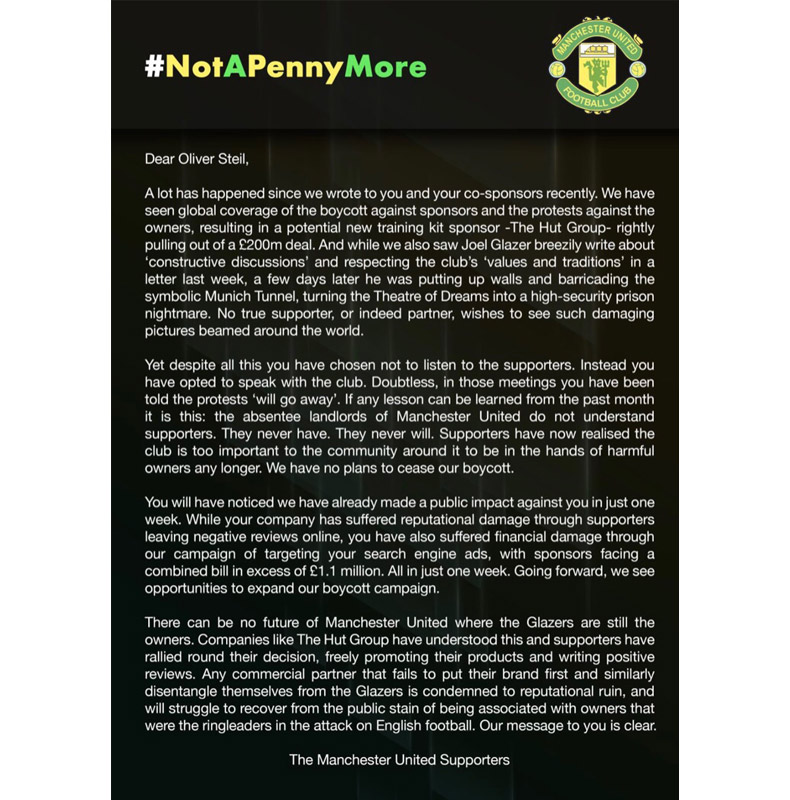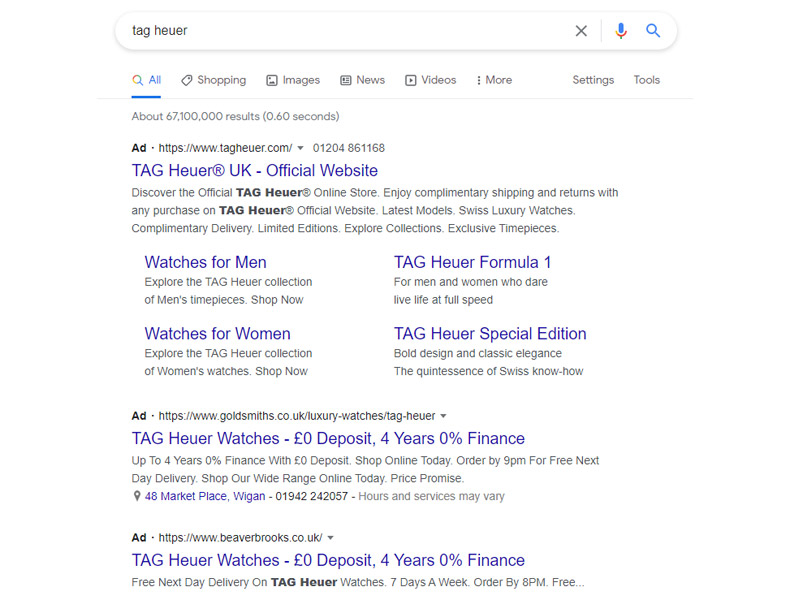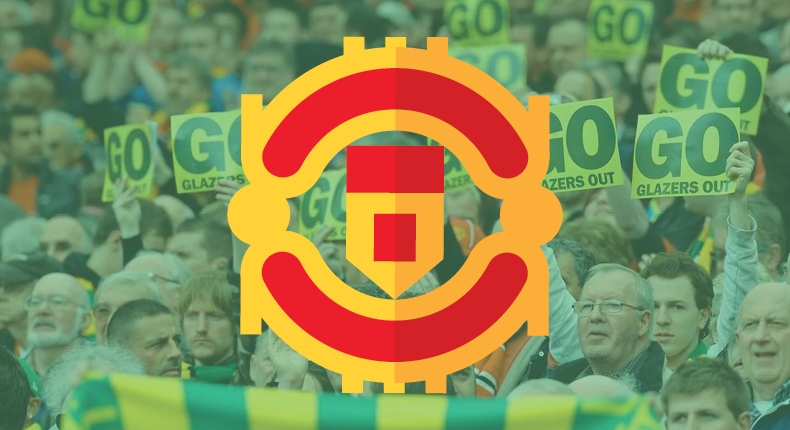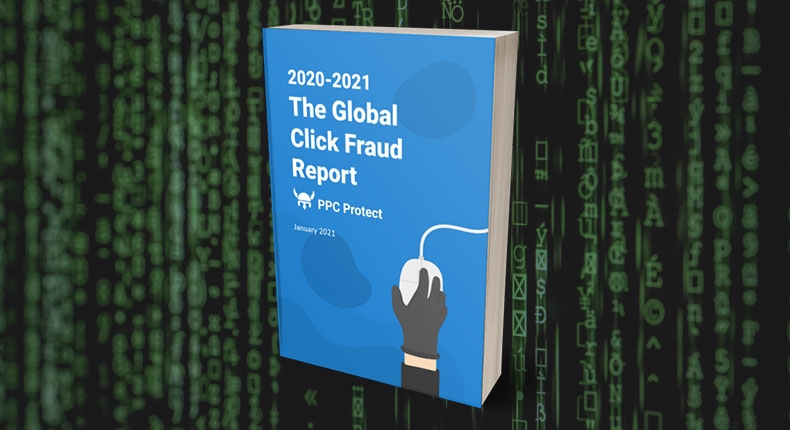Many football clubs (soccer clubs for our American readers) are currently experiencing a range of cyber attacks targeting their ads and stores.
Fresh off the backlash of clubs trying to join the European Super League (ESL) many fans are now staging a digital protest against club owners.
In this article, we’ll be looking at why their own fans are doing it and how much it’s costing them.
What’s Happening?
Fans of football clubs like Manchester United are currently staging an online campaign to cause the club and their sponsors serious financial losses.
Called the #NotAPennyMore campaign, fans are purposely clicking the Google ads of sponsors associated with Manchester United. Currently, these include big brand names such as:
- Adidas
- TeamViewer
- Cadbury
- Remington
- TAG Heuer
- Melitta
- Marriott
- Maui Jim
According to CEO Brett Jacobson from the digital agency Mediaworks, the barrage of click fraud has cost sponsors in excess of £1.2 million so far. And with the online protest growing in size, future ad losses are expected to skyrocket.
In addition to fraudulently clicking their paid ads, fans are also causing havoc with the club’s online store and data analytics. Many Twitter threads have been showing fans and supporters how to “mess with their analytics” and ensure they can’t sell any goods from their store.

By fooling the system into thinking all their stock is “reserved” by other buyers, this stops any genuine buyers from making a purchase. The result is less merchandise sold by the club and more financial damage.
But why exactly are so-called fans of the club doing all of this in the first place?
Discover the true cost of click fraud in our global click fraud report
Why Are Fans Attacking Their Own Club?
Back in April, there was news that a new football league was being formed known as the European Super League (ESL). Without getting too much into the details about it, many football fans from every club were outraged at the suggestion.
Not only would it destroy football that the fans loved, but many of their clubs had already signed up to the new league without consulting their fans. This decision by the owners and executives of clubs such as Manchester United severely angered fans.
For many Manchester United fans, this was the tipping point.
Having had a frosty relationship with the Glazers for decades, fans felt like they weren’t being listened to, and their club was slowly being destroyed.
The idea behind the digital protest is that if fans can cause enough financial damage to the club, then the owners will have to listen to them.
How Are Fans Costing Sponsors Millions?
With fans looking to cause as much financial and reputational damage, as well as chaos for the club as possible, how are fans attacking sponsors?
Supporters of the #NotAPennyMore campaign have made plenty of step-by-step guides to share online. Here’s an example of one circulating on Twitter right now.

As you can see, the simple graphic shows anyone how to cost advertisers money by simply Googling their brand name and clicking on their ads. For every click the ad receives, it can cost the advertiser $1 – $10 depending on their industry, and that’s just one click! Supporters of the movement are urged to click multiple times per day on multiple ads to improve their effectiveness.
With the clicking of ads from different IP addresses and devices, Google can’t detect the clicks as fraudulent. This means every click is treated as genuine, and therefore advertisers end up paying for each one.
The movement has also published an open letter to the CEO of TeamViewer Oliver Steil, calling for him to pull his company sponsorship from the club or face further losses. With continued click fraud pressure they’re hoping TeamViewer pulls their sponsorship just like The Hut Group.

Who’s The Next Target?
Although this #NotAPennyMore campaign targets Manchester United and its sponsors, there’s no saying who could be the next target. If sponsors do end up pulling out from the constant ad fraud and attacks, then supporters of other clubs could start similar campaigns.
This means there are plenty of other businesses out there that could soon be facing the wrath of angry football fans. And there are plenty of businesses that could be caught in the crossfire.

In this screenshot, you can clearly see there are several companies bidding on the TAG Heuer brand name. But who’s to say fans will only click the first official ad and not all of them? Businesses such as Goldsmiths & Beaverbrooks could easily lose significant amounts of money from invalid clicks through no fault of their own.
And that’s what happens to thousands of businesses every day who advertise on Google Ads.
Summary
Hopefully, this article has opened your eyes to how expensive a coordinated click fraud attack can be. No matter if they’re angry football fans, disgruntled customers, or your competitors, the truth is this type of attack can happen to anyone.
Unfortunately, relying on Google to protect your ad spend is no longer enough.
If a few hundred football fans can evade the detection of Google and cost advertisers millions in revenue and reputation, then imagine what damage sophisticated ad fraud rings can do.
Think you’re the victim of angry customers and fraudulent clicks?
Get a free invalid traffic audit to check the quality of your paid traffic and how much you could be losing to invalid clicks.




